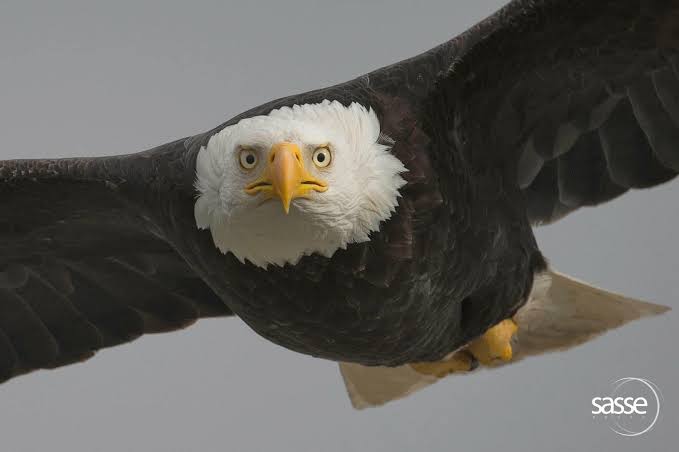The Hancock type of bird is a remarkable species that has gained interest among bird watchers, researchers, and nature enthusiasts alike. Known for its distinctive physical characteristics and fascinating behaviors, this bird species stands out not only for its appearance but also for the important role it plays within its ecosystem. Understanding the Hancock bird type involves looking at its physical traits, behavior patterns, habitat, and conservation status. This article dives deep into everything you need to know about this unique type of bird, covering key insights that make it a must-know for anyone passionate about avian life.
Bird enthusiasts often encounter a variety of bird types, each with unique attributes. The Hancock bird is one of those species that, while not commonly spotted in every region, captures the attention of ornithologists and wildlife conservationists worldwide. Not only admired graceful flight and striking appearance, but it is also essential maintaining balance within its habitat. But what exactly sets the Hancock bird apart from other avian species? Let’s explore.
Habitat and Physical Characteristics of the Hancock Bird
The Hancock bird predominantly found in forested regions and mountainous areas where builds nests on tall trees. Its natural habitat offers plenty of food sources and the ideal environment for breeding and raising young ones. Typically, bird spotted near rivers or water bodies within these forested regions, as they often rely on aquatic insects and small fish for their diet. They have a migratory pattern that varies depending on the season, generally moving to warmer regions during colder months.
One of the defining features of the Hancock bird is its vibrant plumage, which combines shades of blue, green, and sometimes red, making it a stunning sight for anyone who catches a glimpse. Its feathers often exhibit a metallic sheen in the sunlight, a characteristic that is both captivating and useful for attracting mates during the breeding season. The bird’s beak uniquely structured, shaped with a slight curve that aids in capturing prey, such as insects, small reptiles, and sometimes berries.
The Hancock bird is medium-sized, wingspan allows it to glide effortlessly across long distances. This broad wingspan, combined with a light yet robust body structure, makes it an excellent flier capable of maneuvering through dense forests with ease. Its strong talons are another distinct feature, allowing it to grip branches securely and seize prey with precision. These physical attributes, combined with its unique color patterns, make the Hancock bird not only a beautiful specimen but also a highly adaptable predator in its ecosystem.
Behavioral Patterns and Feeding Habits
In addition to its stunning physical appearance, the Hancock bird is known for its unique behavioral patterns. This bird is typically active during dawn and dusk, making it a crepuscular species. This adaptation helps it avoid the hottest part of the day, conserving energy and reducing exposure to predators. Its feeding habits are particularly interesting; the Hancock bird uses its keen eyesight to spot potential prey from above, swooping down quickly to snatch it with impressive speed and accuracy.
The diet of the Hancock bird is versatile, which plays a crucial role in its adaptability across different habitats. It mainly feeds on insects, small amphibians, and occasionally fruits, making it an omnivorous species. By consuming a variety of food sources, the Hancock bird helps maintain the ecological balance by controlling insect populations and spreading seeds through its fruit consumption.
During mating season, the Hancock bird exhibits a remarkable courtship display. Males are known to perform a series of aerial acrobatics and sing melodic songs to attract females. These courtship rituals are not only fascinating to observe but are also critical for the continuation of the species. The bird’s nesting behavior is another area where it demonstrates careful attention to its environment. Nesting high in the trees, the Hancock bird ensures a safe place for its offspring, protecting them from ground predators.
Conservation and Ecological Importance of the Hancock Type of Bird
The ecological role of the Hancock bird is substantial. As a predator of insects and small animals, it keeps these populations in check, preventing them from growing excessively and potentially harming plant life. Its role as a seed disperser also contributes to forest regeneration, which is essential for sustaining biodiversity within its habitat. Due to these roles, the Hancock bird is considered a keystone species in some ecosystems, meaning its presence directly impacts the health of its environment.
Unfortunately, like many bird species, the Hancock bird faces threats from habitat loss, climate change, and human encroachment. Deforestation and urban development have led to the destruction of its natural habitats, forcing it to adapt to less favorable conditions or migrate to safer areas. Climate change also affects its migratory patterns, often disrupting its breeding cycles and food availability.
Conservation efforts are underway to protect the Hancock bird, with organizations and governments working to preserve its natural habitats. Protected areas and wildlife sanctuaries have been established in regions where the Hancock bird is commonly found, providing it with a safe environment free from human interference. Furthermore, awareness campaigns and research initiatives are helping the public understand the importance of this bird and encouraging responsible environmental practices.
Conclusion
The Hancock type of bird is a fascinating and essential member of the avian world, embodying beauty, adaptability, and ecological significance. Its unique physical features, coupled with its behavioral traits, make it a species worth appreciating and protecting. While it faces challenges due to environmental changes and human activities, concerted conservation efforts can help secure a future for the Hancock bird, ensuring that future generations continue to enjoy its presence in the wild. For those passionate about wildlife, understanding and supporting such efforts are key to preserving the diversity and balance of our ecosystems. The Hancock bird is not just a species; it is a reminder of the intricate connections that sustain life on Earth.
